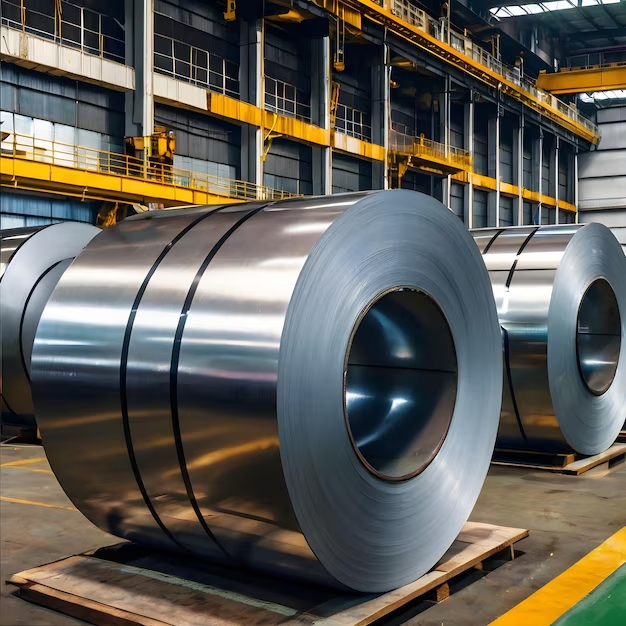The apparel industry significantly contributes to global
carbon emissions, with approximately 75% of textiles ending up in landfills.
One of the main problems with managing textile waste is that different
countries do not have uniform reporting and classification systems. By looking
at the successes of e-waste regulations, which have enhanced recycling rates
through extended producer responsibility, the textile sector can support a
circular economy.
The Impact of Textile Waste
The fashion industry is responsible for 10% of global carbon
emissions—more than those from international flights and marine shipping
combined. In 2020, the European Union (EU) saw an average consumption of 14.8
kg of textiles per person, yet only 1% was recycled into new fibers. Much of
the textile waste is exported to Africa as second-hand clothing, with 40%
ultimately ending up in landfills or the ocean, leading to serious
environmental consequences.
The Recycling Dilemma
While mechanical and chemical recycling methods are
advancing, the textile industry remains commercially unviable without
government backing. Moreover, 60% to 70% of clothing is made from plastic-based
materials like polyester, linking the industry to fossil fuels and complicating
recycling efforts while increasing microplastic pollution.
The Need for Harmonization and Transparency
Immediate actions can be taken to address the challenges of
sorting secondhand clothing from textile waste. There is a lack of
harmonization in data collection, classification, and reporting among
countries. For instance, different countries categorize textiles differently
based on their quality and intended use.
In the EU, used textiles are often exported to Africa,
aiming for local reuse, but many items end up in landfills. The EU’s
requirement for separate textile waste collection by 2025 will likely increase
the volume of collected used textiles, making collaboration between commercial
entities and governments vital for a circular economy.
Learning from E-Waste Regulations
The Waste Electrical and Electronic Equipment (WEEE)
Directive, introduced in 2012, has successfully regulated e-waste in Europe.
Establishing an extended producer responsibility principle has significantly
improved recycling rates. Similar strategies can be applied to the textile
sector to enhance recycling and waste management.
Trade Facilitation and the Circular Economy
Effective trade facilitation is essential for managing
reverse supply chains, allowing for the return of used goods for recycling. The
Global Alliance for Trade Facilitation is exploring methods to simplify this
process, particularly for used electronics.
Recommendations for the Textile Industry
To transition towards a circular economy, several measures
should be implemented:
- Standardized
Data Collection: Governments should establish unified systems for
tracking textile waste, utilizing digital tools for traceability.
- Improved
Sorting Processes: Enhancing sorting capabilities at collection
points can help reduce waste exports.
- Investment
in Recycling Infrastructure: Develop infrastructure to convert
more textiles into new products.
- Harmonization
of Classification Systems: Create a common framework for defining
and categorizing textile waste.
- Extended Producer Responsibility Schemes: Encourage sustainable design
practices and invest in recycling initiatives.
Textile waste poses a significant and growing challenge, yet
addressing it presents economic and environmental benefits. By improving trade
facilitation, transparency, and harmonizing regulations, the apparel industry
and governments can turn this challenge into an opportunity for sustainable
growth.











